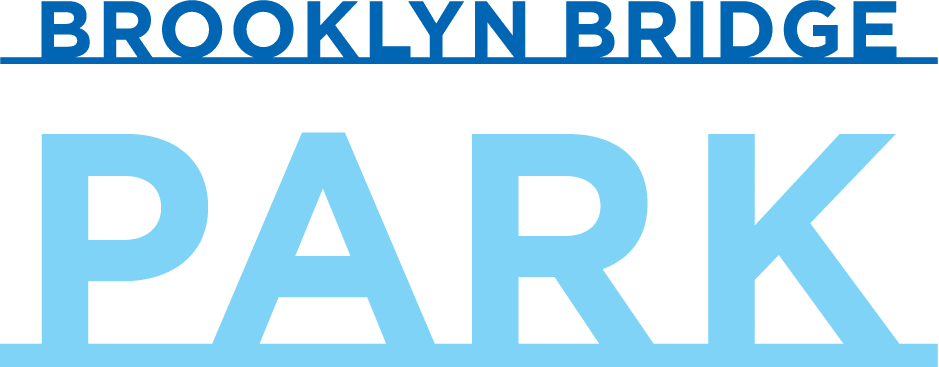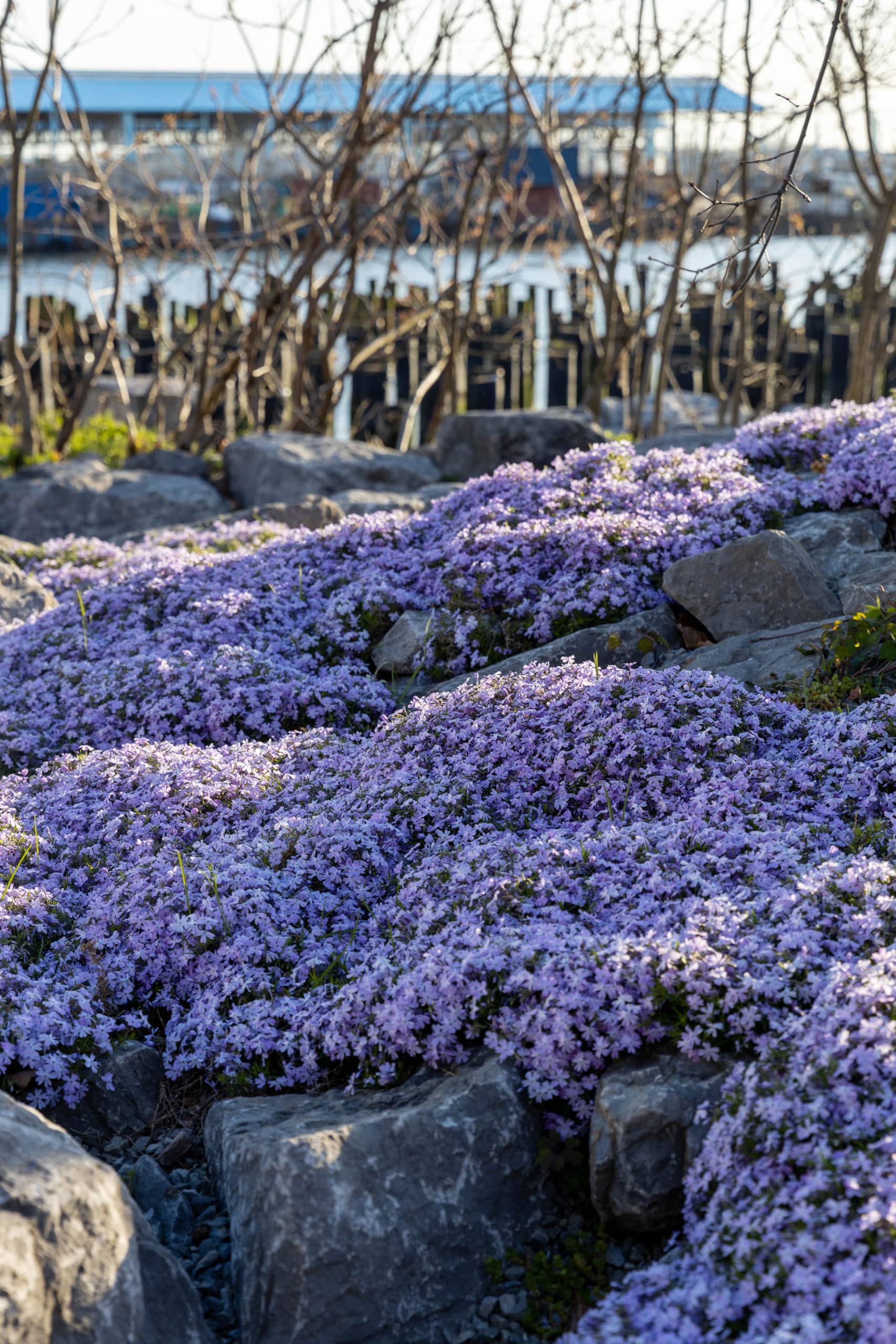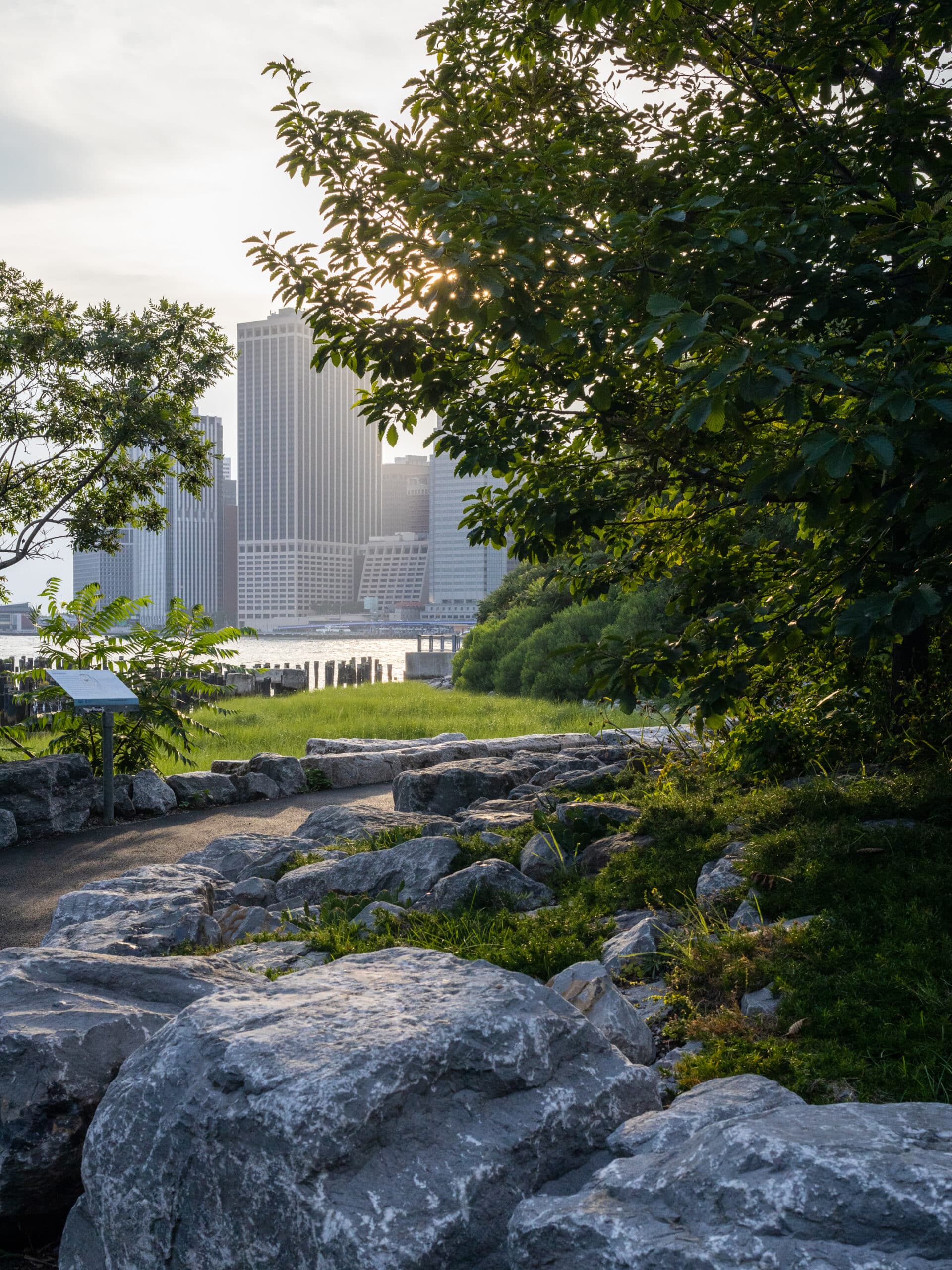The salt marshes are a rare example of a monoculture in Brooklyn Bridge Park. Here, Smooth Cordgrass replicate the exclusive plant communities that once dominated the coasts of the Northeast. Now a rare occurrence along the shoreline, the Cordgrass provides a habitat for ducks and other waterfowl that eat and live in the grass, along with many crustaceans and bivalves.
Cordgrass dominates the salt marsh because it can withstand oxygen-constricting salt water. While most plants die when their roots lose oxygen, Cordgrass is able to move oxygen from its leaves to its submerged stems. As debris accumulates in the cordgrass over time, soil builds up above the waterline and creates habitat for less salt-tolerant plants. In a natural salt marsh this process builds new landmass that expands outwards into the ocean. At Brooklyn Bridge Park, we maintain this ecosystem as a salt marsh, removing the debris.












